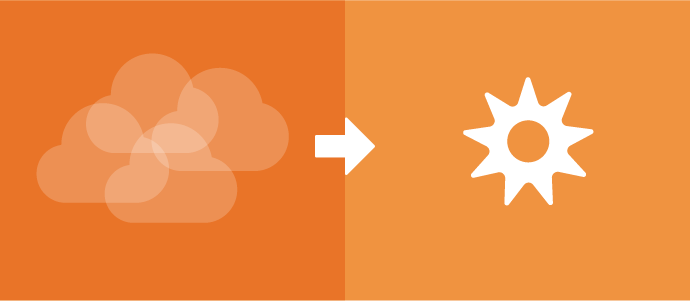Sales leaders are rarely—scratch that—never satisfied with the quality of the data driving their forecast. And we all know what poor data looks like:
- Close dates in the past
- Deals moving instantly from Stage 2 to Closed
- Opps that have pushed out 6 quarters in a row
- Deals that never make it into Salesforce in the first place
The problem is, we've all seen how trying to improve data quality steals time from selling, so we're often resigned to poor accuracy and end-of-quarter surprises because we think it's the best way to make the number. We hope that our errors balance out and that our focus on what matters—closing deals—is what will make us heroes.
But the errors don't always balance out. Far worse, not knowing which deals can close or are at risk means we focus on the wrong deals or the wrong tactics to try to close the right deals. The secret most of us know but rarely discuss: A poor forecast can hurt our ability to hit our number. And that's before even thinking about the flawed decisions that other departments make based on unreliable numbers.
Fortunately, times are a-changin'. Simplified UIs and mobile apps can make it easier and faster to keep the CRM current and accurate.
Better yet, systems are now capable of aggregating fresh deal insights—often automatically—from other systems, including email flow, meeting history, relationship strength, and even documents exchanged with the customer. This new information converts management judgment from guessing to rigorous precision. Think about it: how much of management judgment is actually judging the rep rather than the deal? How much is based on thoughts like, "Chris always sandbags," or, "Sandy has happy ears?" When a sales executive is armed with better deal visibility and a quick way to see the context and progress on a deal, judgment and instinct get a powerful boost.
I haven't even mentioned the best part of modern forecasting: data science. When data scientists dissect deal information and activity, they've proven an uncanny ability to know which deals will close, which are at risk, and what actions could turn bad news into a great quarter. Imagine that: a risk-adjusted forecast delivering useful advice on next steps, not just a report to send through the chain of command.
With better CRM content, input from new data sources, and a potent injection of data science, every one of us can enjoy a more complete view of the business. An accurate, risk-adjusted forecast with insight into account activity, all in one simple, clean interface. Sounds pretty good, right?
Don't get me wrong—there are plenty of folks running Fortune 500 companies out of Excel. I get it. That served us all pretty well throughout the '90s. But if there's a better way, isn't it worth finding out?
I'll end in the spirit of ABC: there's a better way. Meet Clari.



